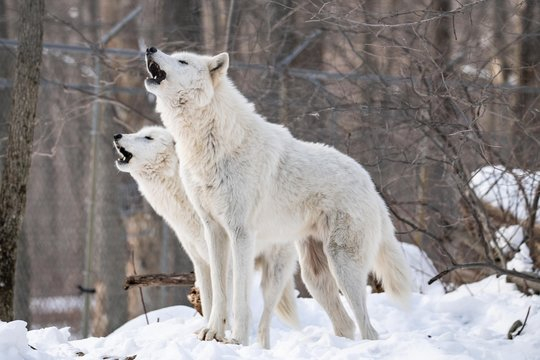Have you ever thought about how the Arctic and other snowy areas are inhabited by animals? With everything from grand polar bears to elusive arctic foxes, these creatures have adapted in amazing ways just so they can be able to withstand the tough conditions within their frozen homes. These animals face harsh winters with the help of their instincts and with their tough minds and bodies. These creatures have evolved remarkable adaptations to thrive in the harshest of environments.
Polar Bear (Ursus maritimus)
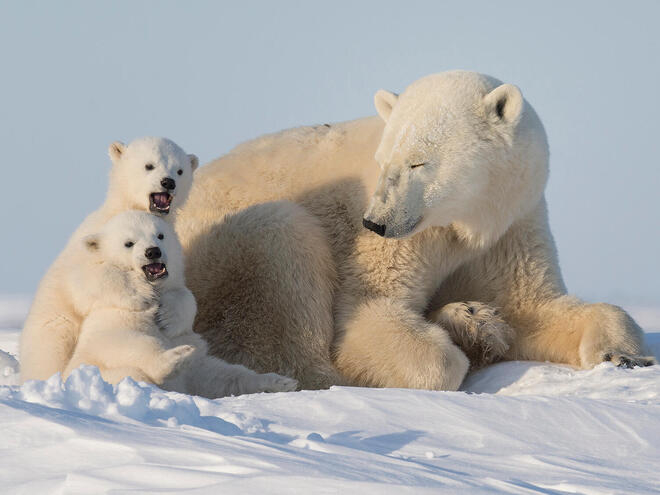
To keep warm during frigid temperatures, polar bears, which are known as the top predators in the Arctic, have thick insulating fur as well as a layer of blubber. They ambush seals through holes near breaths in the ice sea due to their large size and powerful limbs.
Arctic Fox (Vulpes lagopus)
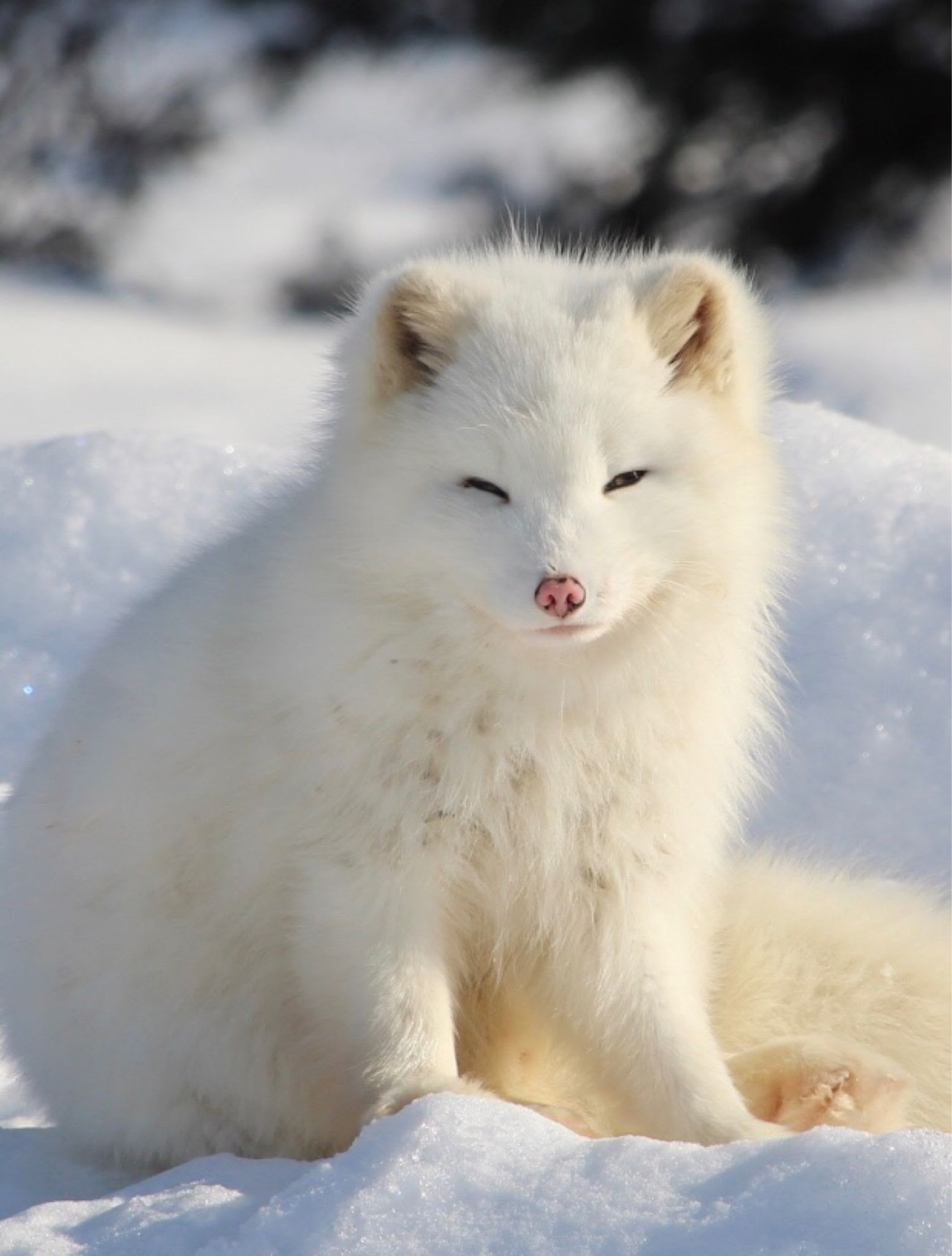
The cold environment is ideal for an Arctic fox due to its thick furry coat with small ears and muzzle. Its fur changes color with time making it blend into snow-covered landscapes. Resourceful scavengers that they are, these foxes feed on small rodents, birds, and carrion during winter.
Snowy Owl (Bubo scandiacus)
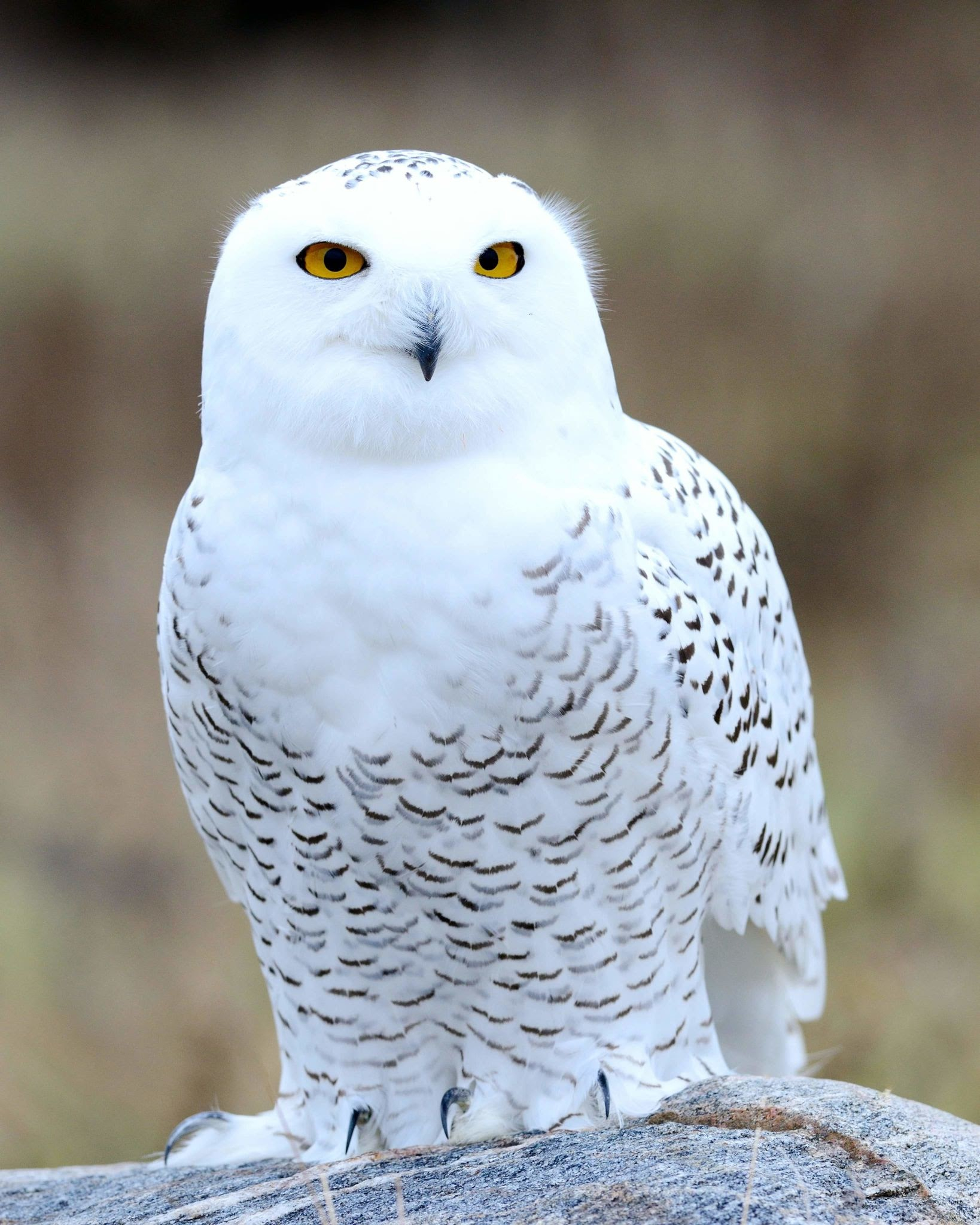
With its conspicuous white feathers, the snowy owl is perfectly at home in its snowy environment. Its strong feathers along with its colossal body help conserve heat while its sharp eyesight and sturdy talons make lemmings and other small mammals.
Arctic Hare (Lepus arcticus)
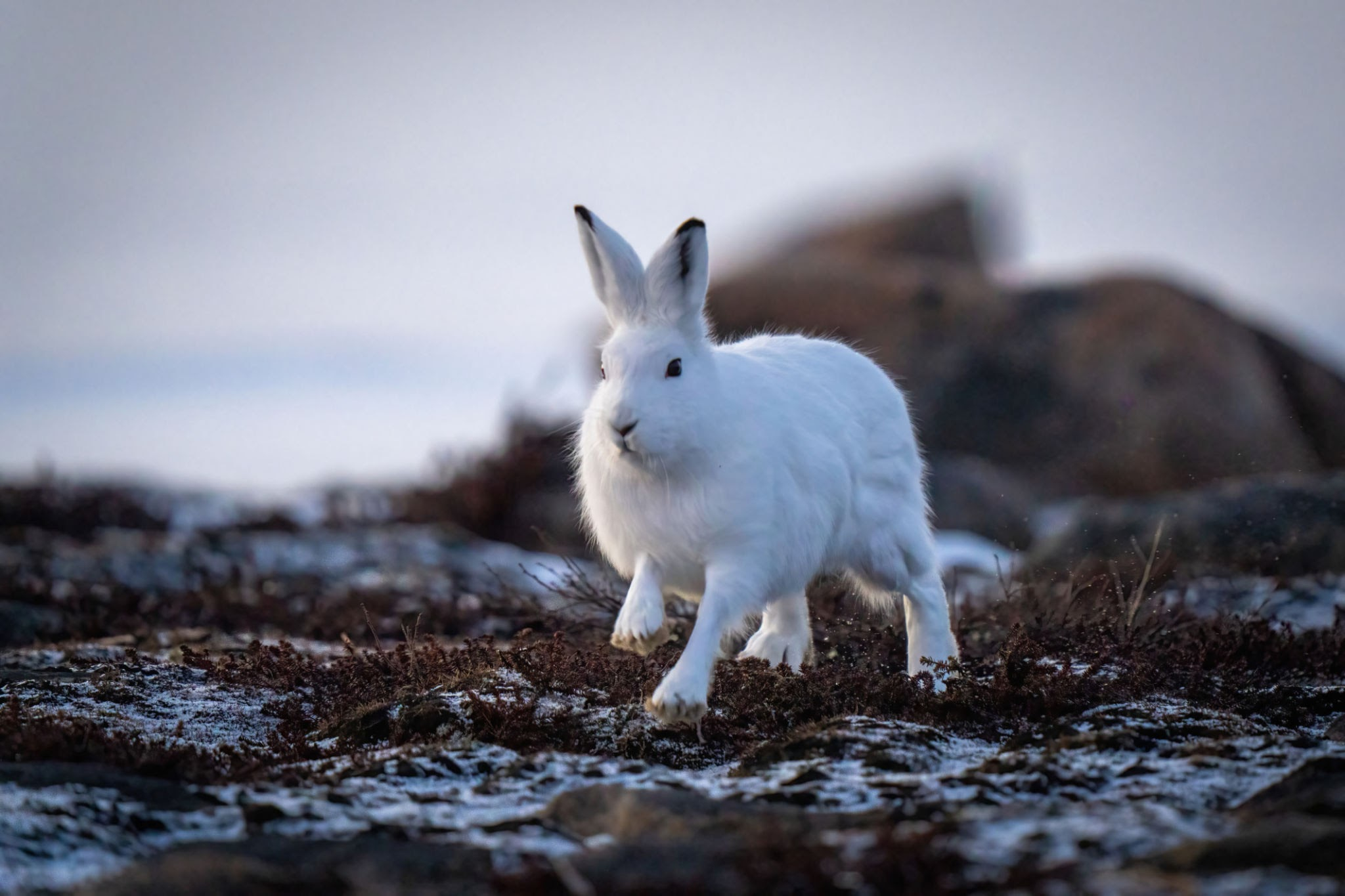
The Arctic hare is a creature that wears white fur in winter and brownish-grey during summer, blending well into the background. With small ears, it has also a compact body that minimizes heat loss and powerful hind legs which enable it to move fast across the snow-covered ground.
Reindeer (Rangifer tarandus)
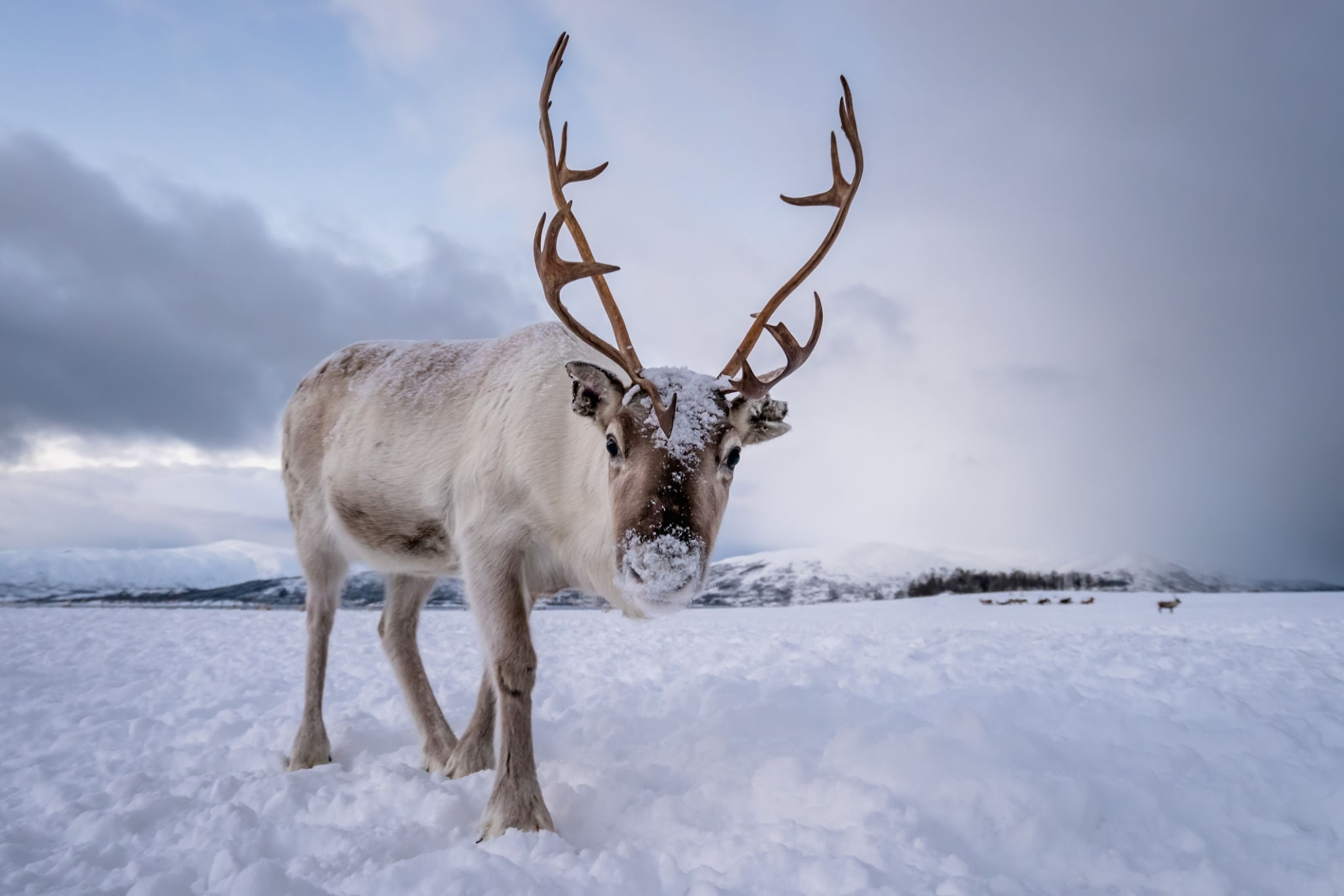
These also go by the name of caribou in North America. They have specially developed hooves and thick fur to enable them to move on ice or snow while searching for plants such as lichen beneath frozen surfaces.
Arctic Wolf (Canis lupus arctos)
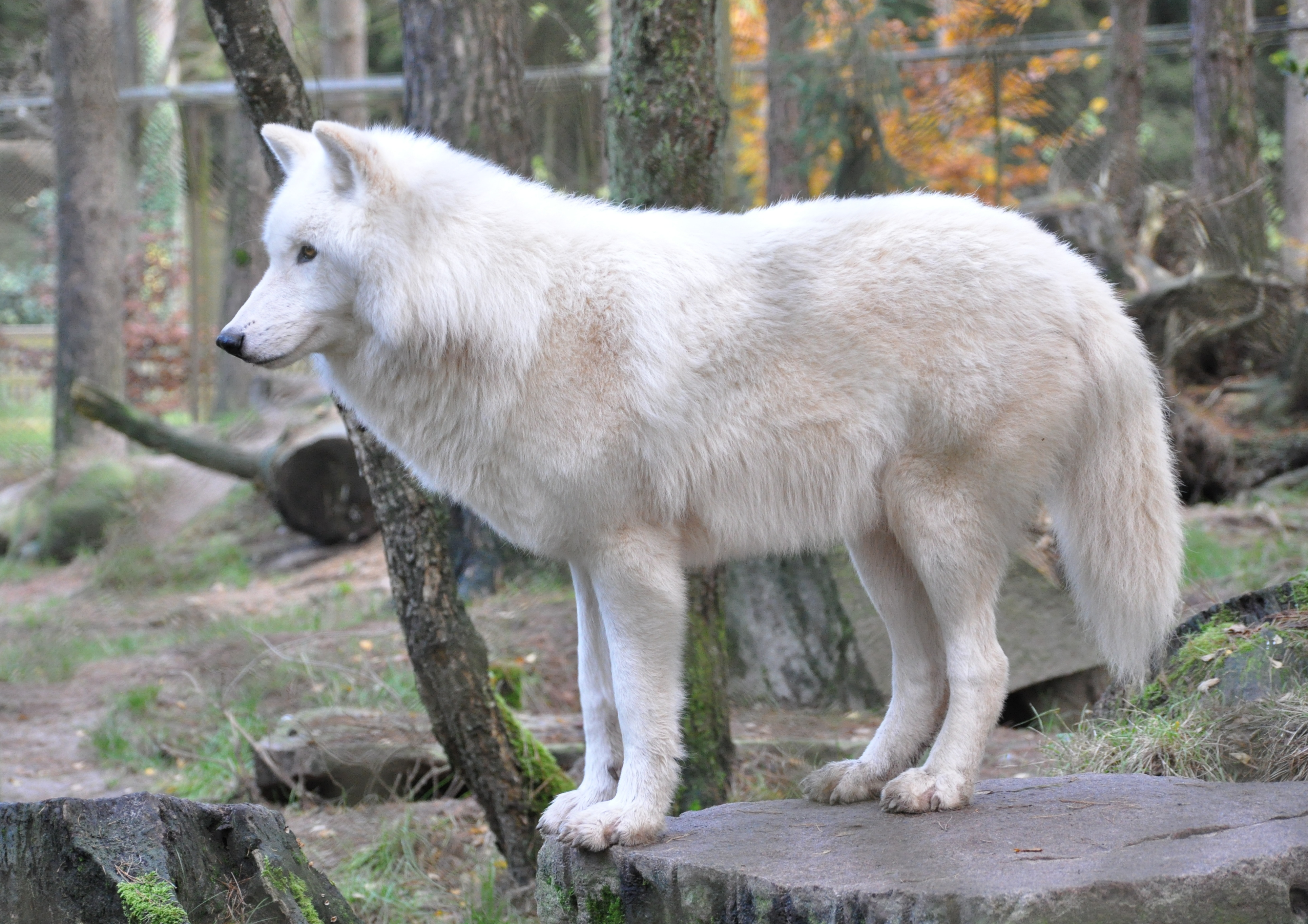
Thick-furred creatures with huge feet are what Arctic wolves are. They live in packs, and hunt caribou and muskoxen, helped by their acute senses of smell and hearing to locate prey in the immense expanse of the Arctic.
Harp Seal (Pagophilus groenlandicus)

Spot-coated harp seals have shown perfect adaptation to life in the freezing waters of the Arctic Ocean. Their insulating fat layer protects them from cold, in addition, they have streamlined bodies along with webbed feet enabling swift swimming.
These animals have evolved a range of adaptations to thrive in their snowy habitats. Their thick fur coats, small ears, and compact bodies help minimize heat loss, while specialized hunting techniques and behaviors allow them to find food even in the most challenging conditions. As climate change threatens to alter their fragile ecosystems, it is more important than ever to protect these remarkable creatures and the environments they call home.
